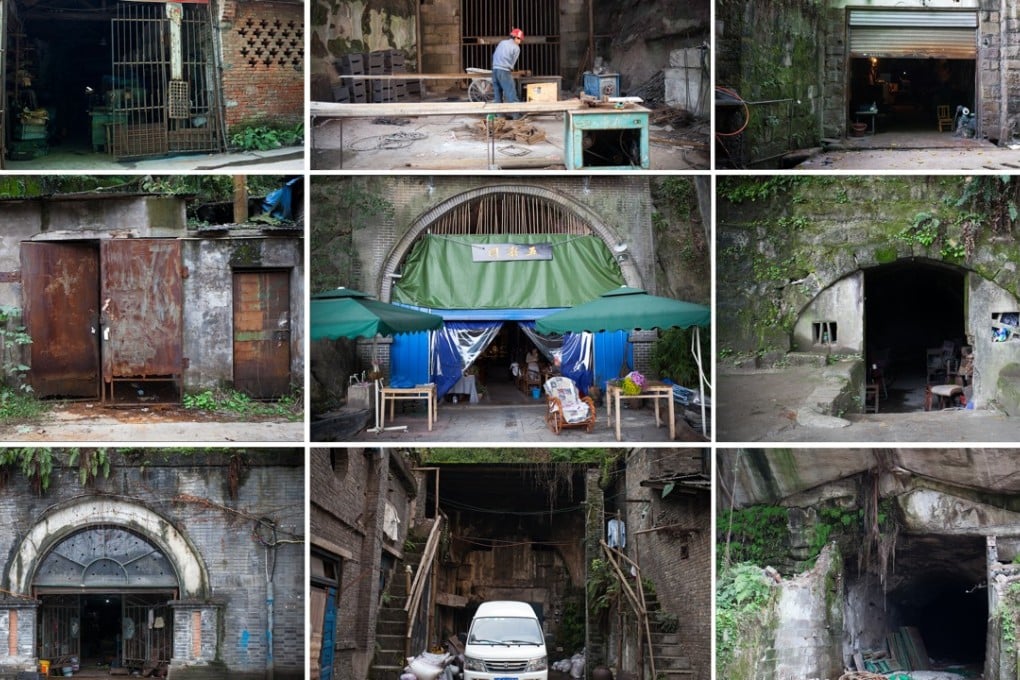Underground economy: wartime bomb shelters of Chongqing repurposed for work and leisure
They saved thousands from Japanese air raids during the war, and afterwards many were used as factories. Now the tunnels dug into the Chinese city’s hillsides have taken on a new life

Once China’s capital, now one of the largest industrial cities in the world, Chongqing’s mountainous landscape and changing cityscape are like no others.
In 1938, with the Sino-Japanese war raging, Chongqing (then Chungking) was made the national capital by the Kuomintang, due to its strategic location. That same year, hundreds of bomb shelters were built into the sides of the mountains to provide protection against the onslaught the authorities knew would come.
Between February 1938 and August 1943, Chongqing was pounded relentlessly, the Japanese subjecting the city to a total of 268 air raids in which more than 11,500 bombs were dropped.
The attacks were designed to serve two purposes: to weaken Chinese defences and inflict civilian casualties to destroy morale.
The night of June 4, 1941, saw the heaviest death toll, when 2,500 people were injured or killed, the majority of those who lost their lives succumbing to suffocation in the shelters. As many as 10,000 Chongqing residents died in total during the air raids.
